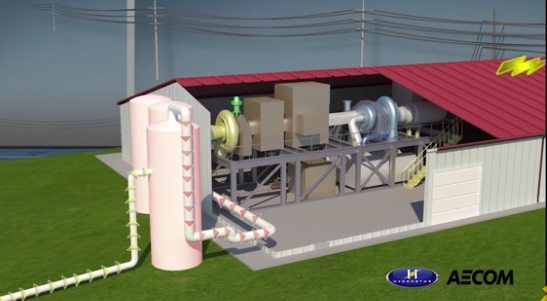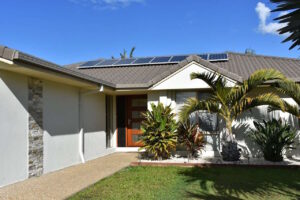A Canadian company that claims its compressed air technology can store energy for half the cost of grid-scale batteries, and provide back-up network capacity on par with a new natural gas plant, has partnered with engineering company AECOM in Australia to target the country’s National Electricity Market.
Toronto-based Hydrostor said on Tuesday that it would work with AECOM to assess the Australian market and identify potential sites for deployment of its Terra energy storage solution in Queensland, New South Wales, Victoria and South Australia.
The start-up claims it can deliver the lowest installed cost per kWh available for bulk energy storage today – including pumped hydro – with its technology that uses excess electricity to compress air and store in underground in a specially constructed tank.
“Hydrostor’s entry into the Australian market changes the conversation on cost effective, emission-free alternatives to fossil-fuel generation and limited storage technologies,” said the company’s CEO Curtis VanWalleghem.
“Hydrostor Terra beats natural gas to deliver essential services and dispatchable capacity, while offering longer duration and longer life storage of 30+ years versus batteries, at half the cost. Terra’s sizing and siting flexibility also offers significant advantages over pumped hydro.”
What sets Hydrostor’s technology apart from other compressed air storage systems is that it uses the heat generated by the compressors – which it stores in a thermal management system – in place of natural gas.
So, when energy is needed, the Terra system returns the compressed air, heating the surfacing air stream using the captured heat, which moves a turbo-expander connected to a generator, which creates electricity.
The company says it is particularly well suited to the Australian market, being able to provide essential stabilising services like inertia, system strength and voltage control; adding flexibility via both fast ramp rates and long duration dispatchable capacity; and lowering emissions.
“At half the cost of competing battery technologies, (it) is uniquely positioned to support several of the key outcomes outlined in Dr. Alan Finkel’s report on the future security of the NEM,” a company statement said.
“Terra enables the transition away from fossil-fuel generation by delivering the same essential security services and dispatchable capacity, without the trade-off of increased emissions.”
The technology does, however, need to be deployed “within proximity to a body of water,” the company says, or using a surface pond as part of a closed loop system.
Like pumped hydro, it can also be installed in legacy mine sites or at retired coal-fired plants, which the company notes has added benefits of repurposing site infrastructure and getting mine and coal plant employees back to work.









